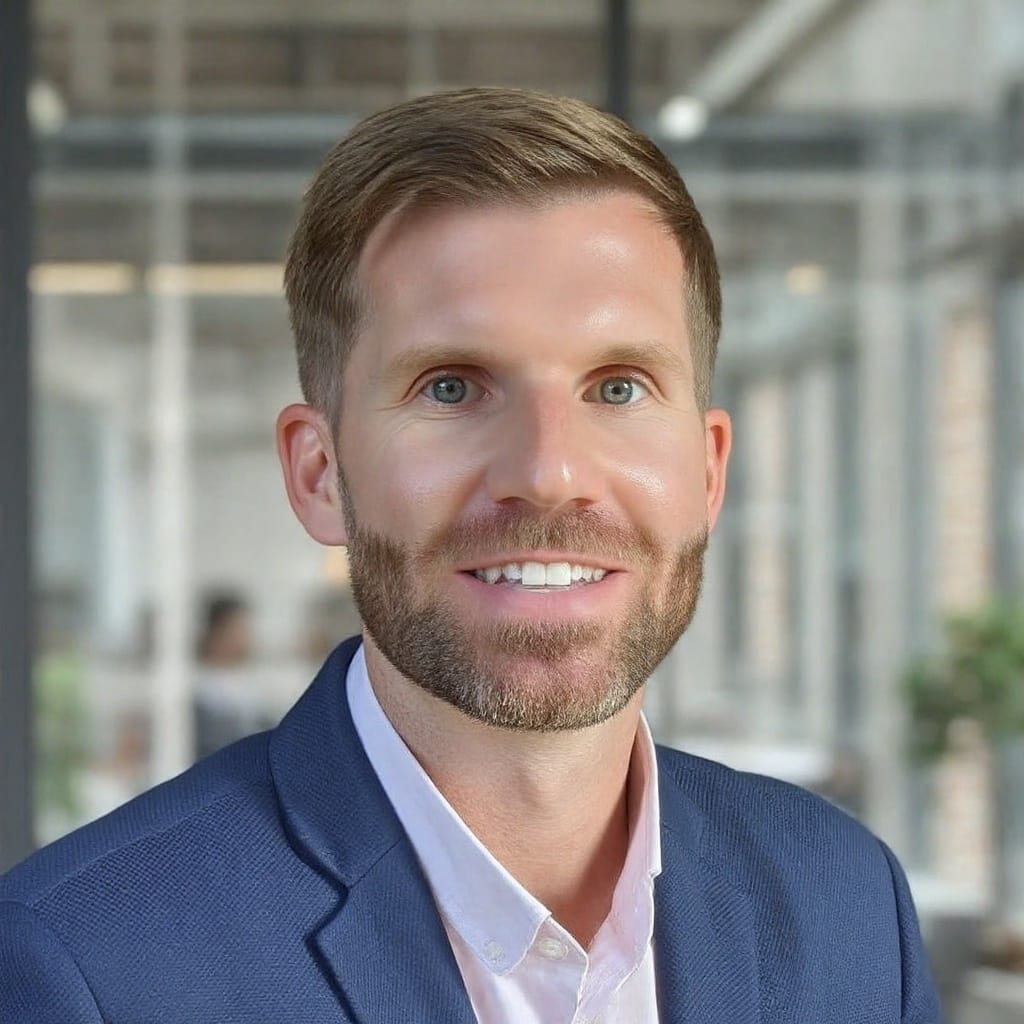
The CEO's mandate is clear: innovate, scale, and deliver sustainable growth. But achieving this requires more than capital or technology—it requires the right people.
For decades, the standard recruiting model has been reactive: an executive departs, a role is created, and the talent team scrambles to fill the vacant chair. This is no longer sustainable. In an era defined by rapid technological change, skill obsolescence, and intense global competition for specialized expertise, relying on reactive hiring is a direct path to organizational risk.
To build a future-proof workforce, organizations must shift from a tactical, transaction-based approach to a strategic, intelligence-led one.
The Three Cracks in the Reactive Recruiting Foundation
The traditional "post and pray" or "call the agency when we panic" model fails to meet the demands of modern business strategy for three key reasons:
1. It Creates Critical Skill Gaps
Reactive recruiting focuses on today's needs, ignoring the skills necessary for tomorrow's strategy.
- The Technology Chasm: If your 3-year plan involves significant AI integration or moving to a new cloud architecture, waiting for an open position to recruit an AI scientist or Cloud architect guarantees you’ll be behind the curve. By the time you start looking, your competitors will have already secured the best talent and started their projects.
- Skill Obsolescence: The lifespan of a high-value skill is shrinking. Reactive hiring cannot keep pace, leading to a constant cycle of catching up and retraining, or worse, project failure due to capability deficits.
2. It Drives Up Risk and Cost
The reactive model is inherently expensive and unstable, creating undue pressure on finance and operations.
- The Crisis Tax: When a vacancy is critical, speed trumps quality. This often necessitates paying premium fees to expensive retained search firms and offering inflated salaries to outbid competitors, sacrificing budget predictability.
- Succession Failure: A key executive's sudden departure (the "key person risk") triggers a crisis because no internal successor or external pipeline exists. This creates a leadership vacuum that can stall strategic initiatives, damage client relationships, and shake investor confidence.
- The Bad Hire Multiplier: Rushed, desperate hires dramatically increase the risk of a mis-hire, which is estimated to cost up to five times the employee's salary when accounting for severance, lost team productivity, and the cost of rehiring.
3. It Misses the Best Talent
The best talent—the top 10% of performers—are rarely looking for a job. They are passive, employed, and focused on delivering results for your competition.
- Focus on the Active Few: Reactive recruiting targets the 20% of the market that is actively searching, leading to competition for the same pool of candidates. This results in bidding wars and compromises on quality.
- Ignoring the Hidden Market: The passive, hidden market talent (the 80% who aren't updating their resume) requires a proactive strategy of identification, profiling, and sustained engagement—a practice that reactive recruiting is not set up to handle.
The Talent Mapping Imperative: A Proactive Solution
The shift to a future-proof workforce requires adopting a continuous, intelligence-led discipline: Talent Mapping.
Talent Mapping is a systematic process of identifying, analyzing, and engaging specific talent populations before you need them. It replaces guesswork and reaction with data and strategy.
- Strategic Alignment: Mapping starts with the business plan, not the vacancy. It asks: "What talent do we need to execute our 5-year strategy?"
- Predictable Pipelines: By continuously tracking organizational structures and key individuals at competitors, you replace the "empty chair crisis" with a "warm pipeline" of pre-vetted, high-potential individuals ready for engagement.
- Risk Mitigation: The map acts as a living succession plan, ensuring that if a top performer leaves, the business is secured with identified and benchmarked internal and external candidates.
The future-proof workforce isn't built by posting jobs; it's built by intelligence, predictability, and proactive relationship building. It’s time for talent acquisition to evolve from an administrative function to a strategic discipline that drives competitive advantage.

Subscribe to Our Newsletter for the Latest Updates
At Talent Mapping Works, we’re dedicated to keeping you informed and inspired. Subscribe to insights that shape the future.




